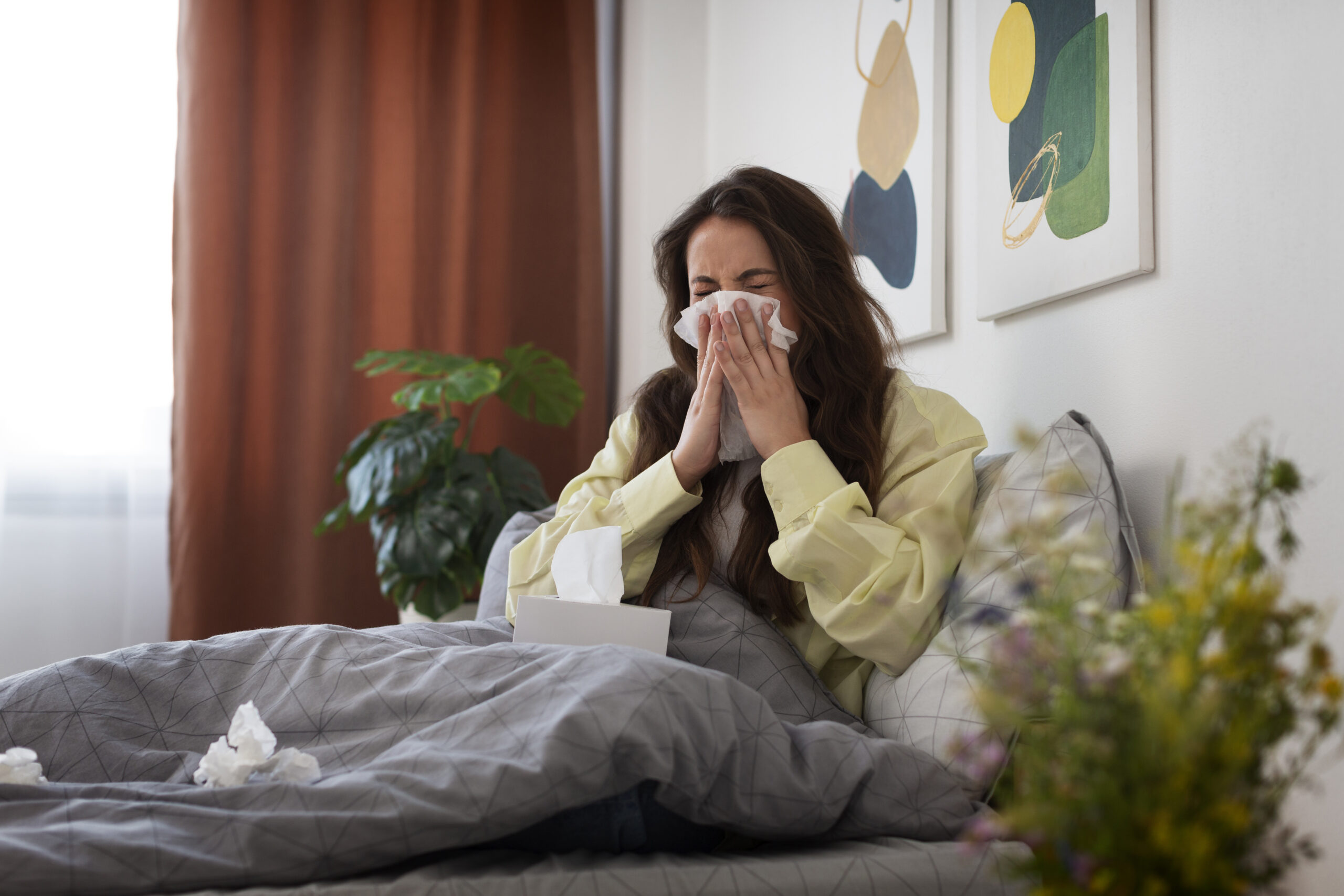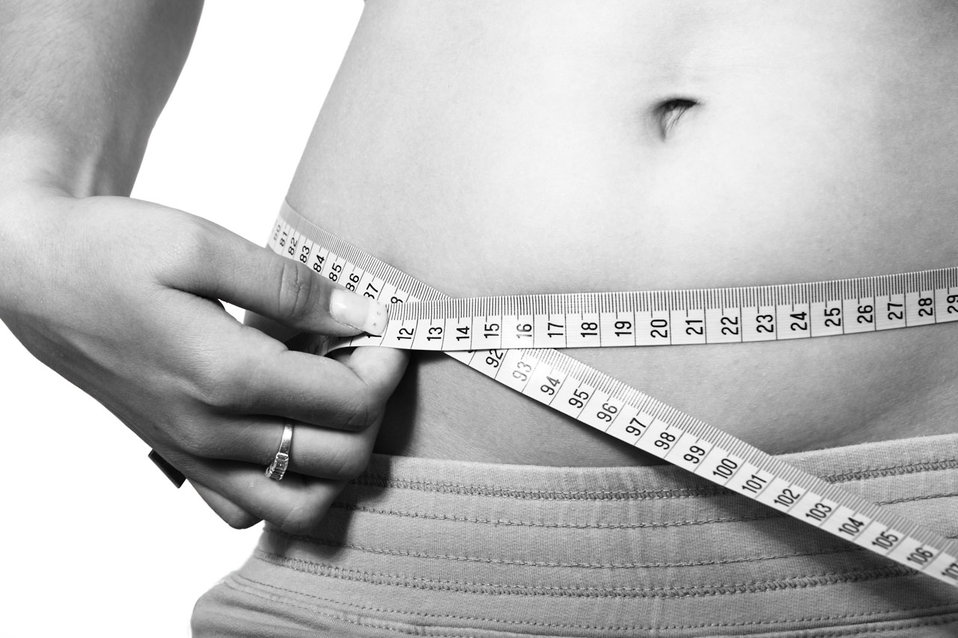Do not be fooled — our body needs histamine. We need histamine to help secrete stomach acid, to contract the lungs, gut wall and uterus, to dilate blood vessels so as to manage blood pressure and nutrient distribution. Histamine is involved in the sleep-wake cycle, to keep us up and alert. We also need histamine to act as a neurotransmitter [message communicator] for the brain and to improve all brain function. And we need histamine to activate and regulate the immune system to facilitate tissue repair and wound healing. Histamine is like a fire — the problem with it though is when it is lacking its deactivator, such as DAO and HNMT enzymes, to out the fire. Here, we will discuss the bad and the ugly of this histamine intolerance. We will also discuss the ways to put out the fire.
Histamine is a neurological messenger that awakens your immune system. It reacts to infections and pathogens first, then tells your immune system to do something. How does it work? It alerts cells responsible for distributing water throughout the body of places where there is dehydration. It does this by raising the temperature of the certain region\tissue, thus causing heat and regulated inflammation. This regulated inflammation then causes the body to rush water/hydration to the infected area. Thus you may develop diarrhea if it’s in the colon, runny nose if it’s in the sinuses, and swelling of the brain (aka migraine) if it’s in the head. Being histamine causes dilation of the blood vessels, you may also develop flushing, skin rashes; and also other unspecified uncomfortable reactions, such as gastrointestinal issues and irregular periods.
There may be no such thing as histamine intolerance. The body loves histamine, and could not survive without it. Calling it histamine intolerance is like calling too much water in the body “water intolerance”. What it really should be called is histamine overload or histamine dysregulation. After histamine is activated, certain enzymes are suppose to clear it out (DAO, HNMT, MAO) to prevent it from building up. DAO works extracellular with minerals to clear excess histamine from food and the tissues. HNMT works on an intracellular level, clearing histamine that the body produces from within the cells. MAO may work as a backup to the HNMT enzyme. When these enzymes are defected, then histamine overload or dysregulation is the result.
But where does histamine comes from?
Histamine is found ready-made in certain foods or is created from an essential amino acid also obtained through the diet called histidine, to create L-histidine. This histamine is then formed and stored in a type of white blood cell called mast cell, found in tissues. It is also stored in another type of white blood cell called basophil, found in the blood. These mast cells are found in connective tissues throughout the body and awaken to allergens, infections or tissue damage. When these mast cells burst, they release their capsule-like, granule-filled content, including: tryptase, heparin, cytokine and histamine.
The three main causes of histamine to be overly-activated in the body is most likely from:
1. chronic dehydration
2. toxins building up
3. pathogenic proliferation.
Causes of chronic dehydration may be from:
➡️ Kidney malfunction, not excreting metabolic waste, causing excess chloride production. This may be due to inadequate potassium and magnesium in the cells and excess sodium outside of the cells, causing a loss of both intracellular and extracellular fluid. This then causes widespread dehydration throughout the body, including mineral loss
➡️ Kidneys, small intestine and thymus THEN does not produce enough DAO to clear out excess histamine
Causes of toxins building up may be from:
➡️ Fatty liver, accumulating stones, thus unable to clear out toxins. Then cholesterol gets stuck in the liver from a lack of hydration, and from a lack of the hydrating fluid bile. This then causes gallstones to develop, congesting the gallbladder.
Causes of pathogenic proliferation may be from:
➡️ Heavy metal toxicity within all systems, especially unbound iron, aluminum, mercury and lead, providing a feeding ground for bacteria from food and within the gut
Thus we develop an overproduction of hydrogen peroxide, which creates more inflammation and a sensitivity to certain high histamine (or histamine liberator) foods, including those susceptible to bacteria:
➡️ Eggs
➡️ Dairy (such as milk and aged cheese)
➡️ Fermented foods, such as sauerkraut, kombucha and kefir
➡️ Certain fruits like avocado, tomato, eggplant, strawberries, citrus, kiwi, banana, pineapple, papaya and even dried fruit
➡️ Certain vegetables, like cauliflower and spinach
➡️ Certain grains, seeds and beans, like corn, peanuts, kidney beans and soy
➡️ Leftover food
➡️ Spoiled seafood like fish
➡️ Alcohol such as red wine and beer
In fact, many people who suffer from small intestinal bacterial overgrowth (SIBO) may actually be suffering simultaneously from histamine overload, causing a rise in hydrogen dominant SIBO from excess hydrogen peroxide production. This is because SIBO consumes the DAO enzymes layered on the intestinal wall, causing the inevitable proliferation of histamine.
Taking antihistamine (H1 and H2-receptor antagonists) stops the inflammation caused by histamine, which if done habitually, may be a dangerous thing. If your body wants something to be inflamed, it is doing so for a good reason. Stopping that process may lead to malignancy in the years to come. Antihistamine also causes dehydration, including drying of the mucus on the membrane — the very thing histamine is trying to correct. Another reason is that antihistamines (particularly first generation) make us drowsy because histamine is involved in the sleep-wake cycle, and depleting histamine in the brain by taking antihistamine, disrupts that process.
Natural antihistamines include stinging nettle and food-source quercetin.
So what will defuse histamine overload?
The number one reason why histamine is activated is because of dehydration and a lack of supporting nutrients. Simply hydrating properly with the right minerals and vitamins should correct the symptoms quickly. But there may be other issues, such as liver congestion, toxins and bacterial proliferation. These other issues will take time to correct.
Being that histamine raises inflammation, that means the body is low in certain minerals and vitamins, like magnesium and vitamin B6 (P5P). Vitamin B6 is an important co-enzyme of the DAO enzyme. It also increases magnesium’s absorption into the cells. Magnesium helps do the job for histamine without the need of raising histamine, like widening blood vessels, to remove toxins and increase nutrient absorption. Furthermore, other food sources high in the other B vitamins help P5P do its job better. Natural vitamin C found in acerola or amla will also speed up internal healing of damaged tissue; and it contains copper too, which is a fantastic healer of damaged cells.
To clear the body of excess toxins, you may try IP-6 with inositol, along with a good brand of modified citrus pectin, in the morning on an empty stomach, or at night, on an empty stomach, away from food, for a few weeks or months. (IP-6 should be used with care. Modified citrus pectin binds to toxins, and takes them out of the body, through the intestines.)
To help speed up healing of the liver, Bhumi amla and kutki will do the trick.
You may also try DOA enzyme supplements, 15 minutes before meals, to deactivate histamine overload.
So in summary, to fix histamine overload, try:
➡️ Drinking more nutrient dense fluid such as pure, sugarfree coconut water, or mineral water such as spring water
➡️ Magnesium (glycinate/malate/taurate)
➡️ Vitamin B6: P5P
➡️ Natural B vitamins: Organic bee pollen/Nutritional yeast
➡️ Natural vitamin C: Acerola or amla
To remove toxins, try:
➡️ [IP-6 with inositol
➡️ modified citrus pectin, (such as Pectasol) on an empty stomach, away from food, day or night]
To decongest the liver and gallbladder, try:
➡️ Bhumi amla
➡️ Kutki
To deactivate histamine overload, try:
➡️ DAO supplement
To help eliminate pathogens, try:
➡️ Organic Pau darco (tea) — inner bark only
➡️ Avoid spoiled or leftover food
Additionally, you may try:
⏺ one ounce of grass fed kidney and liver (from chicken or beef) per day for the DAO, vitamin A and copper content.
⏺ pycnogenol to distribute fluid evenly throughout the body
⏺ Natural antihistamines include stinging nettle and food-source quercetin.


